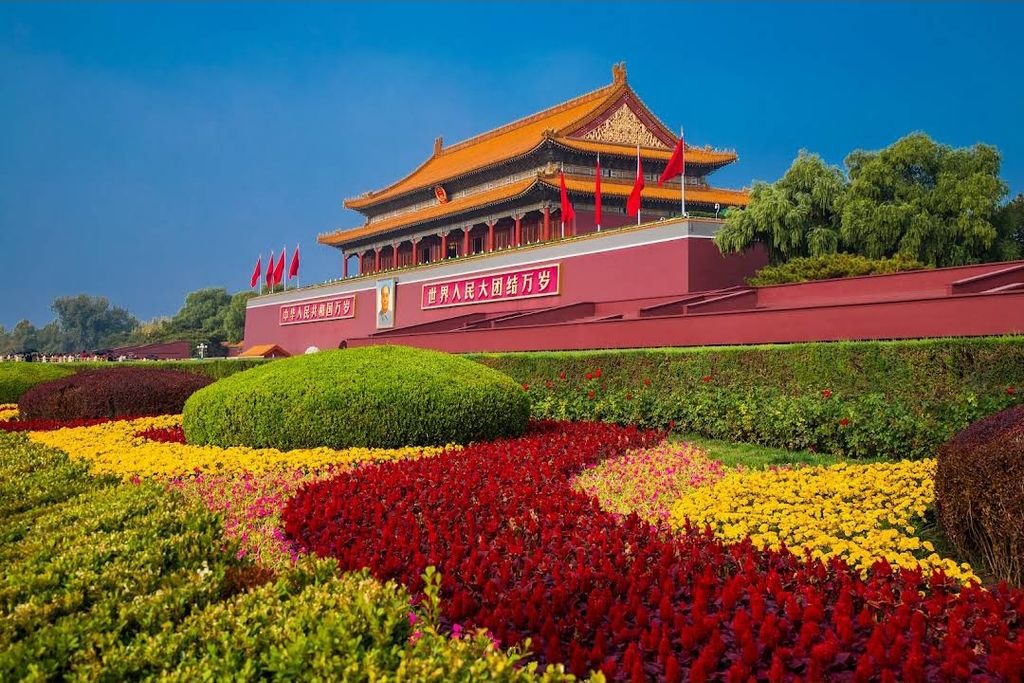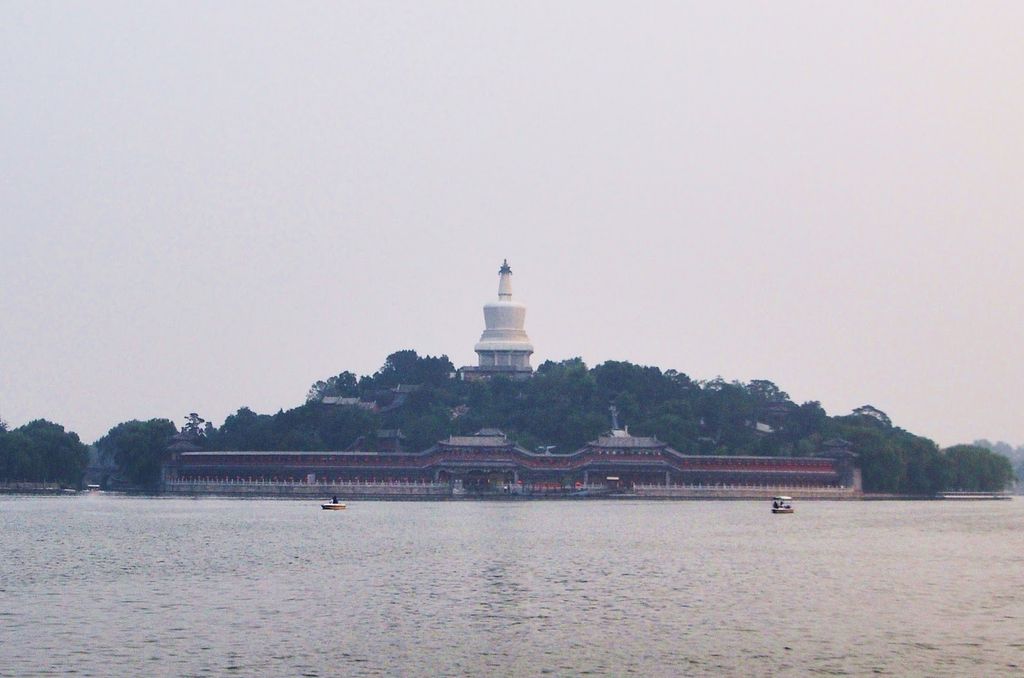Beijing's Historical Treasures Unveiled
Join us for a captivating free walking tour through Beijing, where humanistic buildings and historical classics tell the story of a vibrant culture and rich history.
Time
3 Hours
Stops
4 Places
Distance
5.0 km
Tiananmen Square
Begin your exploration at Tiananmen Square, one of the largest public squares in the world and a symbol of modern China, offering a glimpse into the country's history and political significance.

Tiananmen Square (Source: Google Maps)
Tiananmen Square, located in the heart of Beijing, is one of the largest public squares globally and a significant symbol of modern China. Covering an area of 440,000 square meters, it has been the site of numerous historical events, including the May Fourth Movement in 1919 and the pro-democracy protests in 1989. The square is flanked by important buildings such as the Great Hall of the People and the National Museum of China, showcasing the country's political and cultural heritage. At the center stands the Monument to the People's Heroes, commemorating those who sacrificed their lives for the nation. The square is not just a political center but also a place that reflects the spirit of the Chinese people, making it a must-visit landmark for anyone exploring Beijing.
The Forbidden City
Just a short walk from Tiananmen Square, enter the Forbidden City, a sprawling imperial palace complex that served as the home of Chinese emperors for nearly 500 years, showcasing traditional Chinese palatial architecture.

The Forbidden City (Source: Google Maps)
The Forbidden City, a UNESCO World Heritage site, served as the imperial palace for 24 emperors during the Ming and Qing dynasties for nearly 500 years. This vast complex covers approximately 180 acres and consists of around 980 buildings, showcasing traditional Chinese palatial architecture with its distinctive golden roofs and red walls. The Forbidden City was not only the residence of the emperors but also the ceremonial and political center of Chinese government. Visitors can explore its magnificent halls and gardens, which are filled with artifacts that reflect China's rich history and culture. The intricate design and layout of the Forbidden City symbolize the ancient Chinese cosmology and hierarchical society, making it a masterpiece of architecture and an essential part of China's cultural heritage.
Beihai Park
Continue your journey to Beihai Park, one of the oldest and most well-preserved imperial gardens in China, featuring beautiful lakes, pavilions, and a striking white pagoda.

Beihai Park (Source: Google Maps)
Beihai Park is one of the oldest and most well-preserved imperial gardens in China, with a history that dates back to the 11th century. Originally part of the imperial palace, it features a stunning array of landscapes, including beautiful lakes, ancient trees, and traditional pavilions. The park's centerpiece is the White Pagoda, a striking stupa that stands on an island in the center of Beihai Lake. This pagoda was built in the 13th century to commemorate the introduction of Buddhism to China. Beihai Park is not only a place of natural beauty but also a site of cultural significance, where visitors can learn about the history of Chinese gardening and architecture. The park offers a serene escape from the bustling city, making it a favorite spot for locals and tourists alike.
Jingshan Park
Head north to Jingshan Park, where you can climb to the top of Coal Hill for a panoramic view of the Forbidden City and the surrounding areas, providing a serene contrast to the bustling city below.

Jingshan Park (Source: Google Maps)
Jingshan Park, located just north of the Forbidden City, is an imperial park that was originally part of the royal hunting grounds during the Yuan dynasty. The park features Coal Hill, an artificial hill created from the soil excavated during the construction of the Forbidden City. Climbing to the top offers visitors a stunning panoramic view of the Forbidden City and the surrounding areas, providing a unique perspective of Beijing's historical landscape. The park is home to various ancient trees and beautiful gardens, making it a peaceful retreat amidst the city's hustle and bustle. Jingshan Park has been a favorite spot for locals to practice tai chi and enjoy leisurely walks, symbolizing the harmony between nature and history. Its tranquil environment and historical significance make it an essential stop for anyone exploring Beijing.

Your travels, your rules.
Create your own Free Walking Tours.
Set your preferences, distances and anything you want to do or see.
Completely free, no payment required.